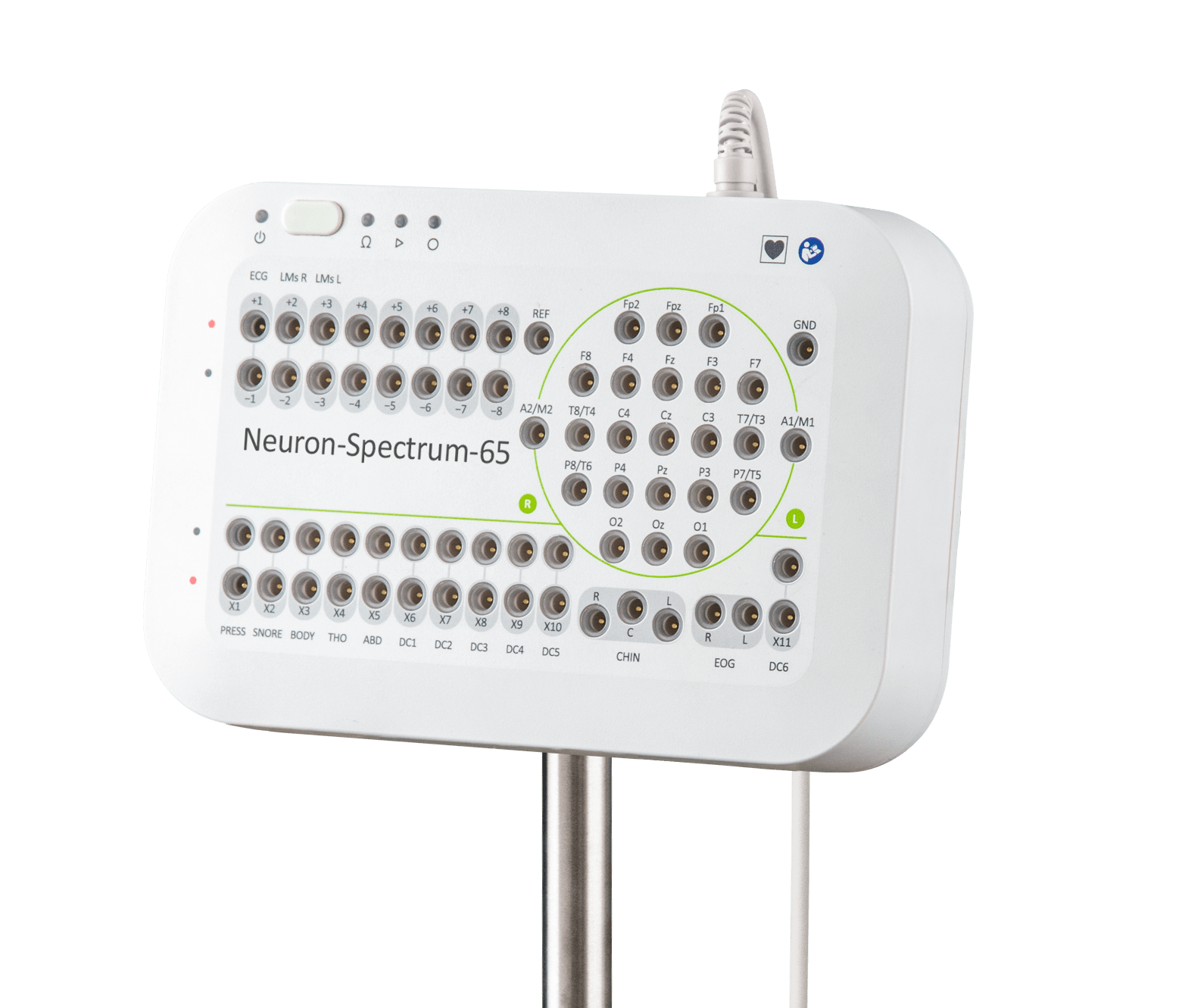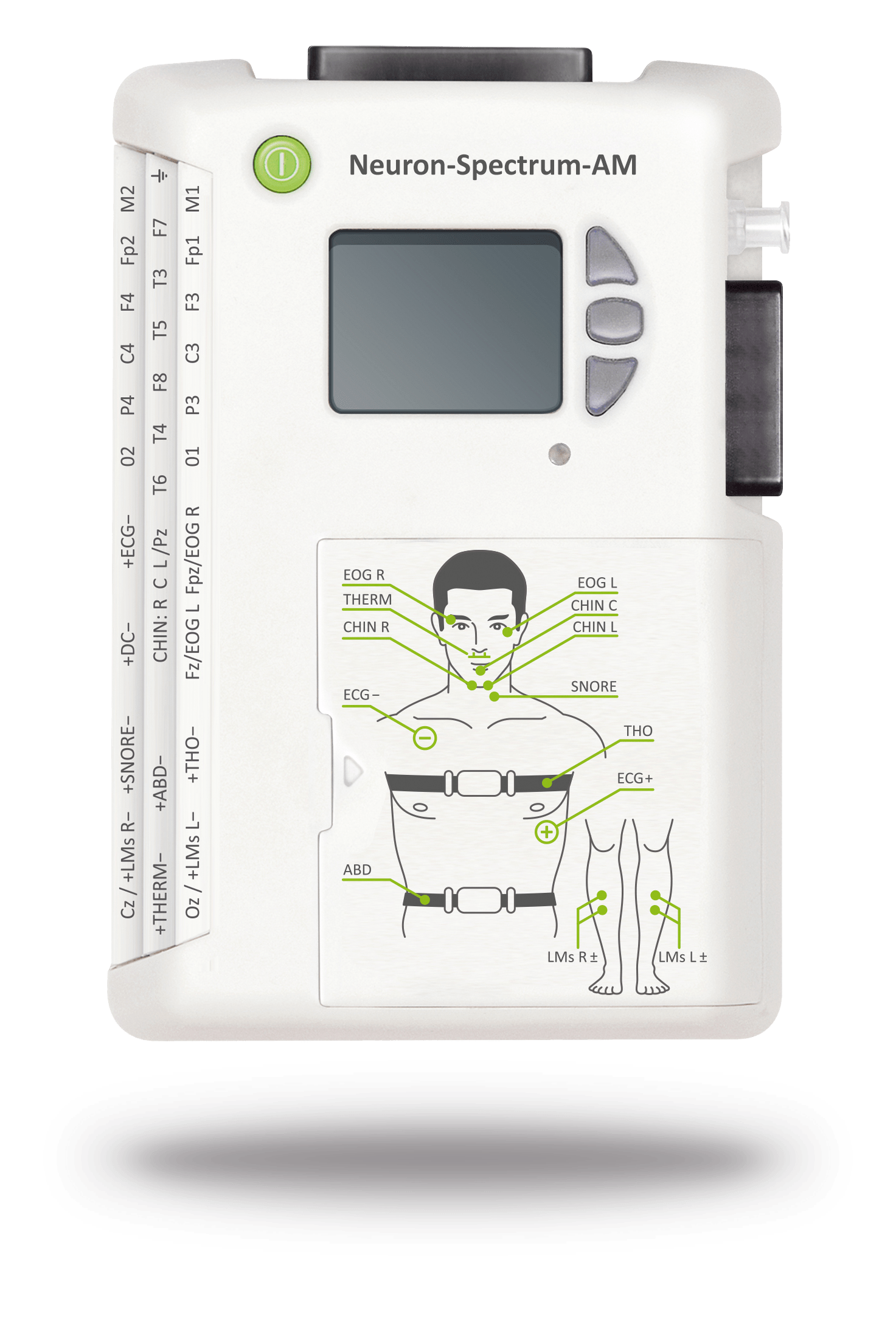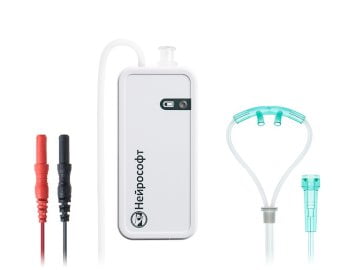Sleep doctor
As a sleep doctor, Neuromed offers you several professional devices for diagnosing and treating sleep disorders.
Using these different types of equipment, sleep physicians can diagnose and treat a variety of sleep disorders, improving their patients' quality of life.
Devices most commonly used by sleep physicians :
Polysomnography (PSG) equipment - PSG equipment is used to record brain waves, eye movements, heart rate and breathing patterns during sleep. It generally comprises sensors attached to the patient's scalp, face, chest and legs. PSG is considered the gold standard for diagnosing sleep disorders such as sleep apnea, restless legs syndrome and narcolepsy.
Continuous positive airway pressure (CPAP) machines - CPAP machines are used to treat sleep apnea, a condition characterized by repeated stops and starts of breathing during sleep. The device delivers a constant flow of compressed air through a mask worn over the nose or mouth to keep the airways open and prevent snoring and other sleep disorders.
- Actigraphy devices - Actigraphy devices are worn on the wrist and used to monitor sleep and wake patterns over several days or weeks. The devices track movements and light exposure to determine when the patient is awake or asleep. Actigraphy is often used to diagnose circadian rhythm disorders and sleep disorders related to shift work.
- Multiple Sleep Latency Test (MSLT) - MSLT equipment is used to diagnose narcolepsy and other conditions that cause excessive daytime sleepiness. The test measures the speed at which the patient falls asleep during the day by recording brain waves and eye movements.
- Portable sleep monitors - Portable sleep monitors are used to diagnose sleep apnea and other sleep disorders in the patient's home. These devices typically include sensors attached to the patient's chest and finger to measure breathing patterns and oxygen levels during sleep.



